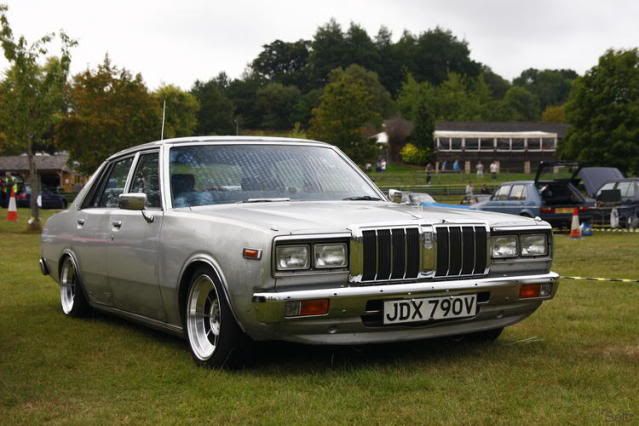After doing a bit of research into porting of 8 valve cylinder heads, I decided to have a play at doing some porting myself, I mean old polo engines are cheap as chips, you can pick up complete engines for less than £100.
so the first thing to do is to build a flow bench from a few odds and ends and a wet and dry vacuum cleaner to do some static flow testing.


so after a bit of playing about with plasticine in the head and a bit of grinding, I ended up with inlet ports like this, I think you'll be able to guess which is the factory and modified ports. in the final work I did, I raised the port floor and roof by another 3mm to improve the flow even more. when flow testing the standard port I needed to use ear plugs due to the noise from turbulance and vibration. on the
modified head, it was barely audible.


they were cast using alginate, which is the stuff dentists make casts of mouths from. I used it as its so much cheaper than silicone rubber.
For doing the filling I used JB Weld, as it can withstand temperatures of 250C
so to begin with you need to roughly grind the ports to key it for th JB Weld (these are pics of the matching inlet manifold that needed the ports modifying too)

and then partially fill the ports with the JB Weld


the hole where the injector goes has a PTFE rod in it, to stop the JB weld dripping out and the PTFE is non stick.


then once the JB weld has set, its a case of porting as you would do normally, its just a bit softer to grind than aluminium (or cast iron)

you can see a port on the left after the JB weld has set and one on the right that just needs final finishing

and the finished job


then if you make some ptfe plugs for the end of the ports you can then easily cast ports on the inlet manifold

the smaller ports gave me 10% more power on the roller, but the power and torque increased throughout the rev range, so its a much smoother car to drive as I can be lazy and don't need to change gear as often. Ive been running this head for about 3 or 4 years now without any issues.
so the first thing to do is to build a flow bench from a few odds and ends and a wet and dry vacuum cleaner to do some static flow testing.


so after a bit of playing about with plasticine in the head and a bit of grinding, I ended up with inlet ports like this, I think you'll be able to guess which is the factory and modified ports. in the final work I did, I raised the port floor and roof by another 3mm to improve the flow even more. when flow testing the standard port I needed to use ear plugs due to the noise from turbulance and vibration. on the
modified head, it was barely audible.


they were cast using alginate, which is the stuff dentists make casts of mouths from. I used it as its so much cheaper than silicone rubber.
For doing the filling I used JB Weld, as it can withstand temperatures of 250C
so to begin with you need to roughly grind the ports to key it for th JB Weld (these are pics of the matching inlet manifold that needed the ports modifying too)

and then partially fill the ports with the JB Weld


the hole where the injector goes has a PTFE rod in it, to stop the JB weld dripping out and the PTFE is non stick.


then once the JB weld has set, its a case of porting as you would do normally, its just a bit softer to grind than aluminium (or cast iron)

you can see a port on the left after the JB weld has set and one on the right that just needs final finishing

and the finished job


then if you make some ptfe plugs for the end of the ports you can then easily cast ports on the inlet manifold

the smaller ports gave me 10% more power on the roller, but the power and torque increased throughout the rev range, so its a much smoother car to drive as I can be lazy and don't need to change gear as often. Ive been running this head for about 3 or 4 years now without any issues.














